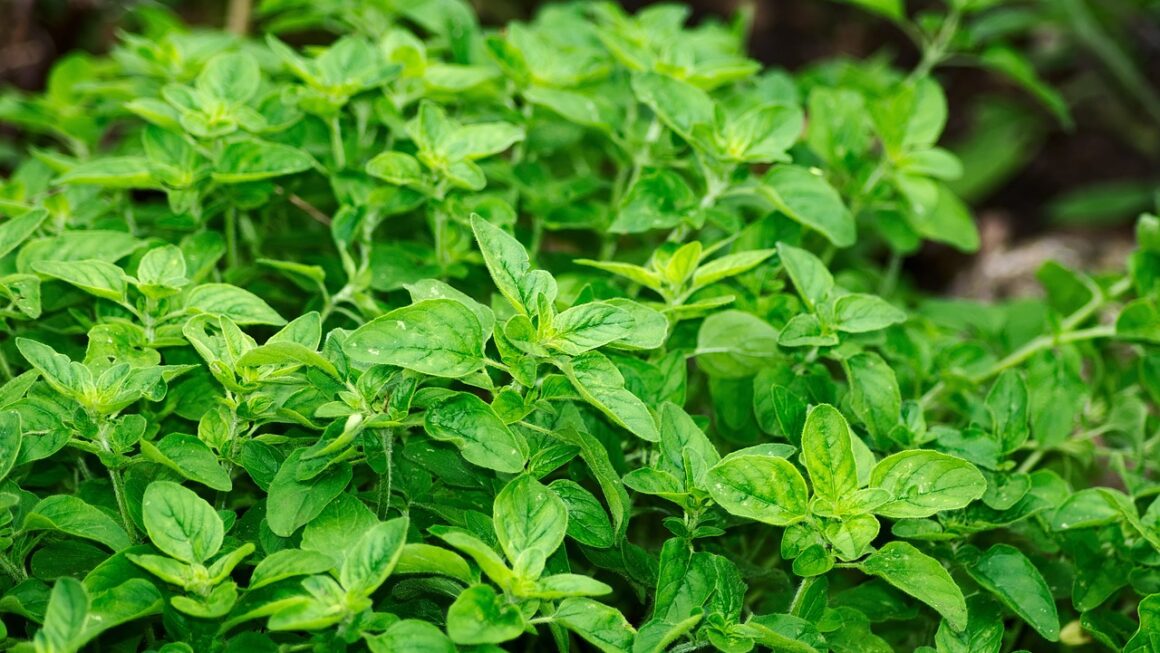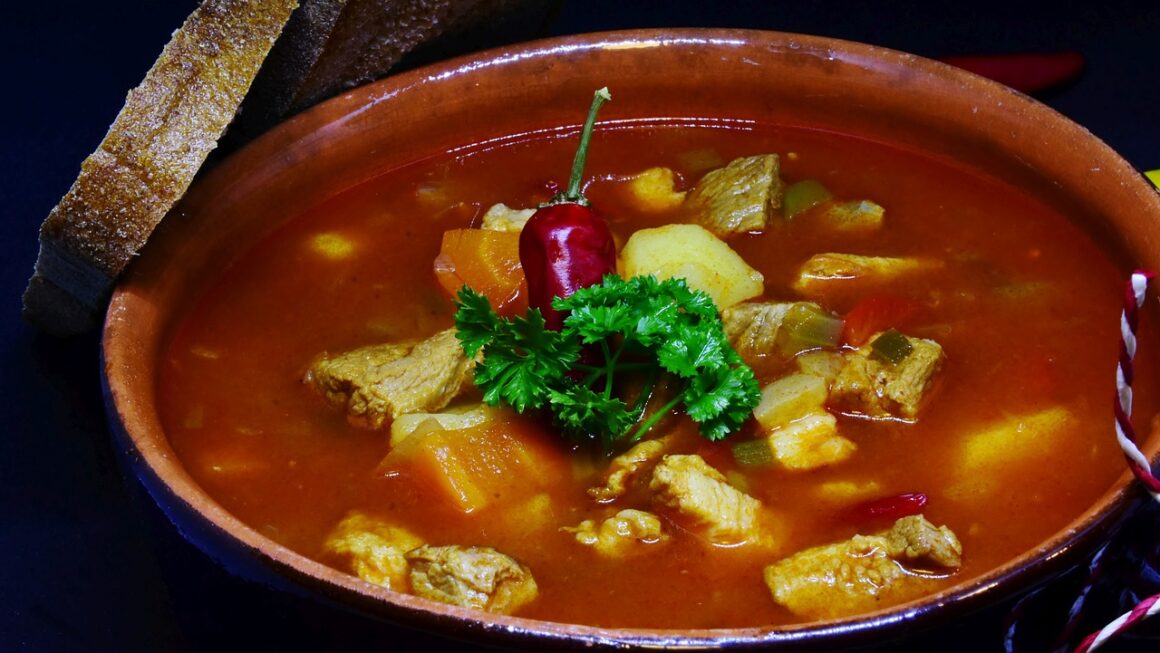In today’s fast-paced world, it is easy to get caught up in the latest food trends and innovative cooking techniques. But amidst all the buzz surrounding new and exotic ingredients, there is a growing movement in the culinary world to rediscover and embrace the past. From heirloom vegetables to artisanal grains, old-fashioned ingredients are making a comeback in modern cooking, adding depth and flavor to dishes in a way that only time-honored ingredients can.
One of the key reasons for the resurgence of old-fashioned ingredients is the desire for authenticity and connection to the past. Many of these ingredients have been around for centuries, passed down through generations and cherished for their unique flavors and qualities. By incorporating these ingredients into our cooking, we are not only paying homage to our culinary heritage but also preserving traditional foodways that may be in danger of being lost.
One such old-fashioned ingredient that has seen a resurgence in recent years is heirloom vegetables. These vegetables, cultivated from seeds that have been passed down through generations, often have a richer flavor and more diverse array of colors and textures than their modern counterparts. Varieties such as heirloom tomatoes, rainbow carrots, and purple potatoes are increasingly being sought out by chefs and home cooks alike for their unique taste and visual appeal.
Another old-fashioned ingredient that has found its way back into the spotlight is heritage grains. Grains such as spelt, farro, and teff have been grown and used for centuries around the world, but in recent years they have been overshadowed by more commercially viable varieties like wheat and corn. However, these heritage grains are now being rediscovered for their superior nutritional profiles and complex flavors, adding depth and texture to dishes that is hard to replicate with modern grains.
Incorporating old-fashioned ingredients into modern cooking can also have environmental benefits. Many heirloom vegetables and heritage grains are grown using traditional, sustainable farming methods that have been passed down through generations. By supporting these small-scale farmers who are keeping these traditions alive, we are helping to promote biodiversity and preserve our agricultural heritage for future generations.
If you are looking to embrace old-fashioned ingredients in your own cooking, there are a few things you can do to get started. Visit your local farmers’ market or specialty grocer to seek out heirloom vegetables and heritage grains. Experiment with different cooking techniques to fully explore the flavors and textures of these ingredients. And don’t be afraid to get creative – old-fashioned ingredients are incredibly versatile and can be used in a wide variety of dishes, from soups and salads to main courses and desserts.
Rediscovering the past through old-fashioned ingredients is not just a culinary trend – it is a way to connect with our heritage, support sustainable agriculture, and create delicious, authentic dishes that have stood the test of time. So why not take a step back in time and embrace the flavors of the past in your modern cooking? You may just be surprised at the depth and complexity that these ingredients bring to your dishes.




